Brewing coffee can be a delightful experience, especially when you explore the different methods and tools available. If you’re just starting out, understanding how to use a filter can make a significant difference in your cup of coffee. Filters not only help in achieving a clean taste but also allow you to experiment with various brewing techniques.
As you dive deeper into the world of coffee, choosing the right beans becomes essential. With so many varieties available, knowing what to look for can enhance your coffee-drinking experience. From light to dark roasts, each bean offers unique flavors that can transform your daily brew into something extraordinary.
In this guide, we’ll walk you through the basics of brewing coffee with filters, helping you understand the types and benefits of using them. We’ll also share tips on selecting the right coffee beans based on your taste preferences and how roasting impacts flavor.
Lastly, we’ll touch on how to store your coffee beans properly to maintain their freshness and explore the rich coffee cultures around the world. Whether you’re a novice or looking to refine your skills, this guide is packed with insights to elevate your coffee journey.
- Discover the different types of filters and their advantages.
- Learn how to choose coffee beans that suit your taste.
- Get tips on proper brewing methods and storage techniques.
Basics of Brewing Coffee with Filters
Types and Characteristics of Filters
When it comes to brewing coffee, the type of filter you choose can really influence the flavor and clarity of your drink. There are several types of filters available, each with its own unique characteristics. For instance, paper filters are popular for their ability to catch fine coffee grounds, resulting in a clean and smooth cup. On the other hand, metal filters allow more oils and fine particles to pass through, creating a richer and bolder flavor profile.
Another option is the cloth filter, which strikes a balance between the two. It can filter out some of the coffee grounds while allowing essential oils to enhance the flavor. Understanding these differences can help you make an informed choice based on your personal taste preferences and brewing method.
Additionally, the thickness of the filter can also play a role in the brewing process. Thicker filters generally take longer to brew because they slow down the water flow, while thinner filters may let water pass through too quickly, affecting extraction. Experimenting with different filters can be a fun way to discover what suits your palate best.
- Paper filters catch fine grounds for a clean taste.
- Metal filters allow oils for a richer flavor.
- Cloth filters balance filtration and oil retention.
Benefits of Using Filters
Using filters in your coffee brewing has a number of benefits that can elevate your coffee experience. First and foremost, filters help to remove unwanted sediments and oils from your brew. This results in a clearer, cleaner cup that highlights the coffee’s natural flavors. By eliminating these elements, you can better appreciate the subtle notes and aromas that each coffee bean has to offer.
Another significant advantage of using filters is consistency. Filters help to standardize the brewing process, ensuring that each cup of coffee you make tastes similar to the last. This is especially important for those who enjoy a specific flavor profile and want to replicate it regularly. With the right filter, you can achieve that perfect brew every time.
Finally, using filters can also simplify cleanup. After enjoying your cup of coffee, all you need to do is discard the used filter and grounds. This can save you time and hassle, allowing you to focus more on enjoying your coffee rather than cleaning up.

If you’re intrigued by the art of brewing coffee and wish to enhance your skills even further, you might find interest in our article titled The Ultimate Guide to Choosing Coffee Beans You’ll Love, Even as a Beginner!. This piece explores the nuances of selecting the right coffee beans, perfect for anyone looking to elevate their brewing experience at home.
- Filters remove sediments for a cleaner taste.
- They provide consistency in brewing results.
- Cleanup is easy with disposable filters.
Choosing Coffee Beans
Recommended Beans for Beginners
When you’re just starting your coffee journey, choosing the right beans can feel overwhelming. However, there are some great options that are perfect for beginners. For instance, light roast beans are often recommended because they have a milder flavor and retain more of the coffee’s natural acidity. This makes it easier to identify the unique taste characteristics.
On the other hand, medium roast beans strike a balance. They offer a richer flavor without being too bold, making them a popular choice for many coffee drinkers. If you’re looking for something a bit stronger, you might consider trying a medium-dark roast, which provides a satisfying depth while still being approachable.
- Light roast beans are mild and preserve natural acidity.
- Medium roast beans offer a balanced flavor profile.
- Medium-dark roast beans provide a richer experience.
Flavor Differences by Roasting Level
The roasting process plays a significant role in determining the flavor of your coffee. Each level of roasting—light, medium, and dark—brings out different taste notes and aromas. Light roasts, for instance, often have fruity or floral notes, which can be quite refreshing. They tend to highlight the unique characteristics of the coffee bean itself, allowing you to explore a broader range of flavors.
As you move to medium roasts, you’ll notice a shift in flavor. These beans tend to have a more balanced taste profile, combining the acidity of light roasts with some sweetness and body. This makes them versatile for various brewing methods, from drip coffee to French press.
Dark roasts, on the other hand, are known for their bold and robust flavors. They often have a smoky or chocolatey taste, which can be comforting for those who enjoy a strong cup of coffee. However, the roasting process can also diminish some of the beans’ original flavor notes.
Exploring these different roasting levels can be an exciting adventure. As you experiment, you’ll start to find the flavors that resonate with you the most. It’s all about discovering what you enjoy and how each roast can enhance your brewing experience.

If you’re eager to deepen your coffee knowledge, you might find our article on A Must-Read Guide to Deepening Your Love for Coffee! particularly insightful. This piece explores everything from bean selection to brewing techniques, making it a perfect companion to your journey through the diverse world of coffee flavors and roasts.
- Light roasts highlight fruity and floral notes.
- Medium roasts offer a balanced flavor profile.
- Dark roasts provide bold and robust flavors.
Proper Brewing Methods for Coffee
Necessary Tools and Preparation
When it comes to brewing coffee, having the right tools can make all the difference. At the very least, you’ll need a coffee maker or brewing device, such as a French press or pour-over setup. Additionally, a good quality coffee grinder is essential for achieving the right consistency. Freshly ground coffee beans can significantly enhance the flavor and aroma of your brew.
Before you start brewing, it’s helpful to prepare your workspace. Gather all your tools, including your chosen filter, water, and coffee beans. Ensuring that everything is within reach can streamline the process and make it more enjoyable. Proper preparation sets the stage for a perfect cup of coffee, so take a moment to get organized before diving in.
- A coffee maker or brewing device is essential.
- A quality grinder enhances flavor.
- Prepare your workspace for a smoother process.
Key Points on Brewing Time and Temperature
Understanding the right brewing time and temperature can elevate your coffee game significantly. The ideal water temperature for brewing coffee typically ranges between 195°F and 205°F (90°C to 96°C). Too hot, and you risk burning the coffee; too cold, and you may under-extract the flavors. This balance is crucial for achieving the best taste.
Brewing time also plays a vital role. Different methods require varying steeping times. For example, a French press usually needs about four minutes, while pour-over methods can take around two to three minutes. Keeping an eye on the clock ensures you extract the right flavors without overdoing it.
Moreover, experimenting with these variables can yield exciting results. Don’t be afraid to adjust the time and temperature based on your preferences. Each tweak can lead to a different taste experience, allowing you to discover what you enjoy most in your coffee journey.
- Brew water should be between 195°F and 205°F.
- French press typically requires four minutes of steeping.
- Experimenting with time and temperature can enhance flavor.
Coffee Storage Methods and Culture
How to Store Coffee Beans
Storing coffee beans properly is essential to maintain their freshness and flavor over time. Oxygen, light, heat, and moisture can all negatively impact your beans, causing them to lose their delightful taste. A great way to extend the shelf life of your coffee is to keep it in an airtight container. This prevents exposure to air, which can lead to oxidation and stale flavors.
Additionally, it’s best to store your coffee in a cool, dark place. Avoid placing it near the stove or in direct sunlight, as heat can compromise the quality. If you purchase coffee in bulk, consider dividing it into smaller portions and freezing some. When you’re ready to brew, simply take out the amount you need and let it come to room temperature before grinding. This method helps preserve the flavor and aroma of your beans.
- Use an airtight container to keep out air.
- Store in a cool, dark place away from heat sources.
- Freezing can help preserve freshness for longer periods.
Coffee Cultures Around the World
Coffee is more than just a beverage; it’s a cultural phenomenon that varies greatly across the globe. In Italy, for example, coffee culture revolves around the espresso, a quick and strong shot that is often enjoyed standing at the bar. The ritual of savoring an espresso alongside a conversation is an integral part of daily life for many Italians.
In Ethiopia, coffee holds a special place in society. The traditional coffee ceremony is a beautiful process that involves roasting green beans, grinding them, and brewing the coffee in a special pot called a jebena. This ceremony can last for hours and is a way to foster community and connection among friends and family.
Meanwhile, in Japan, the meticulous art of coffee brewing has gained popularity, with methods like pour-over and siphon brewing becoming increasingly popular. Japanese coffee culture emphasizes precision and aesthetics, showcasing the beauty of the brewing process itself.
As you explore these diverse coffee cultures, you’ll discover unique flavors and brewing methods that reflect the heart and soul of each region. Embracing these traditions can deepen your appreciation for coffee and enhance your brewing experience.
- Italy focuses on espresso, enjoyed quickly at the bar.
- Ethiopia has elaborate coffee ceremonies fostering community.
- Japan emphasizes precision in brewing, showcasing aesthetics.
Through understanding both the proper storage methods and the rich cultural backgrounds of coffee, you’ll be able to elevate your brewing skills and enjoy coffee in a whole new light. The journey of coffee is truly global, and there’s always something new to learn and experience.
Summary of Key Points
In this guide, we explored the essential aspects of brewing coffee using filters and delved into the nuances of selecting the right coffee beans. We discussed how various types of filters can significantly affect your coffee’s flavor, clarity, and overall experience. Additionally, we highlighted the importance of proper brewing methods, including the right temperature and time, to achieve the best results.
Understanding how to store your coffee beans properly is just as vital in preserving their freshness and flavor. Lastly, we celebrated the diverse coffee cultures around the world, showcasing how different regions have their unique brewing practices and rituals. Embracing these elements can enhance your appreciation for coffee and make your brewing journey even more enjoyable.
- Filters play a crucial role in achieving a clean and flavorful cup of coffee.
- Choosing the right coffee beans based on roast level can greatly influence taste.
- Proper storage methods and understanding global coffee cultures can elevate your brewing skills.
I’d love to hear your thoughts on this coffee journey! What brewing methods or coffee types are you excited to try? Feel free to share your experiences in the comments below!




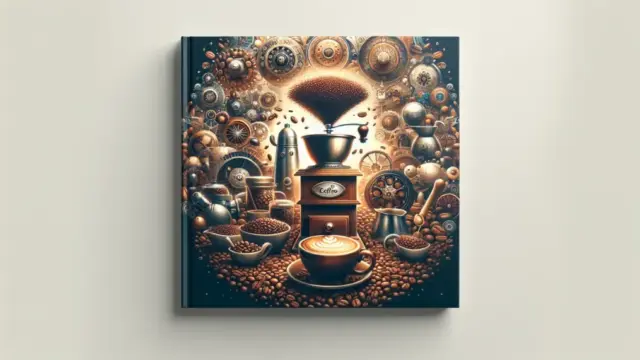
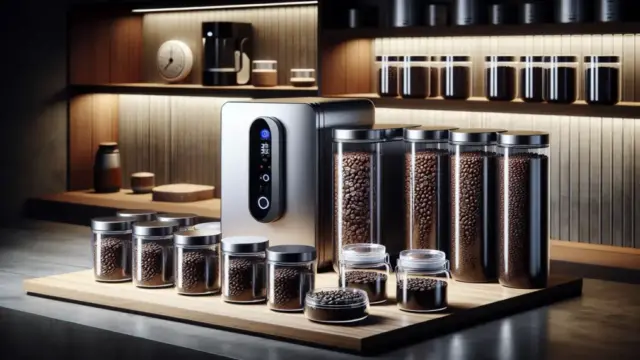





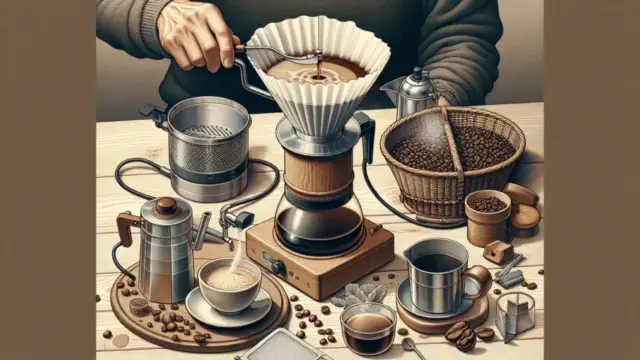



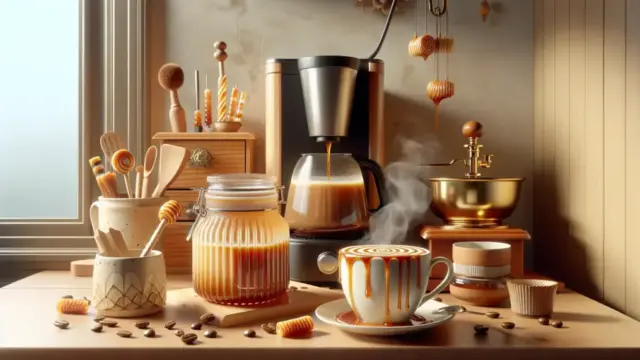


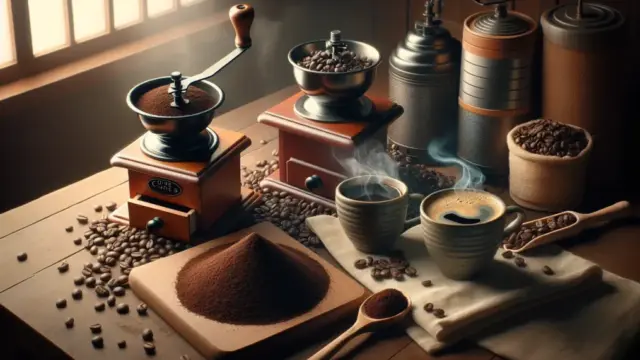






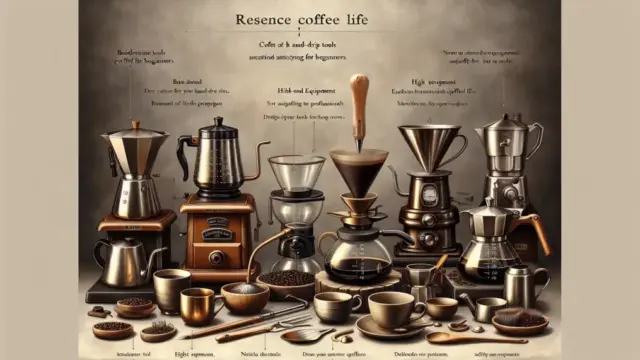

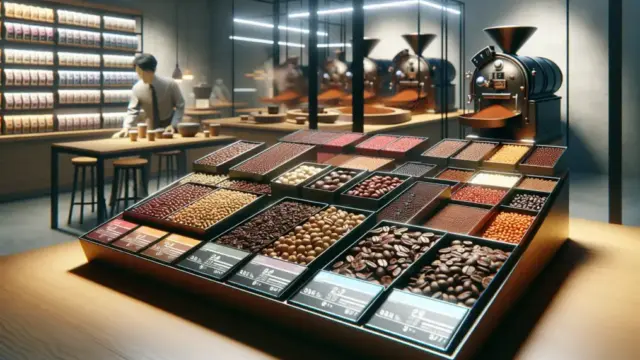








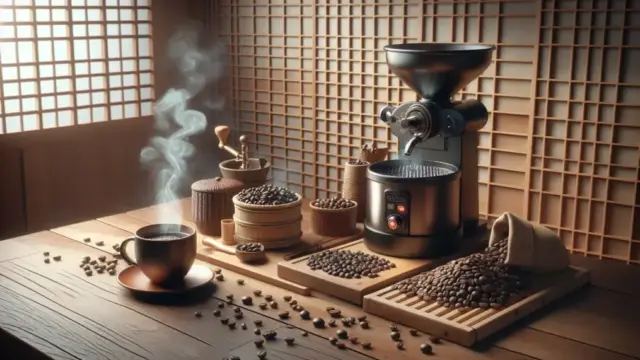




















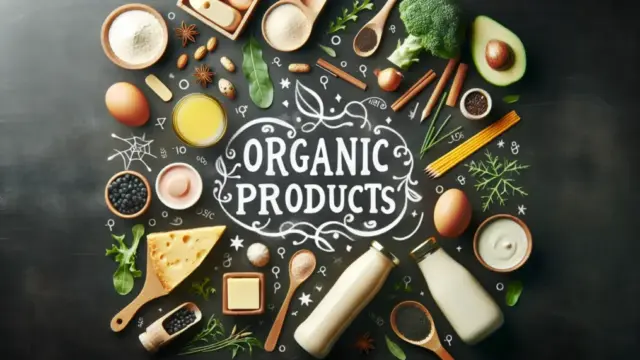
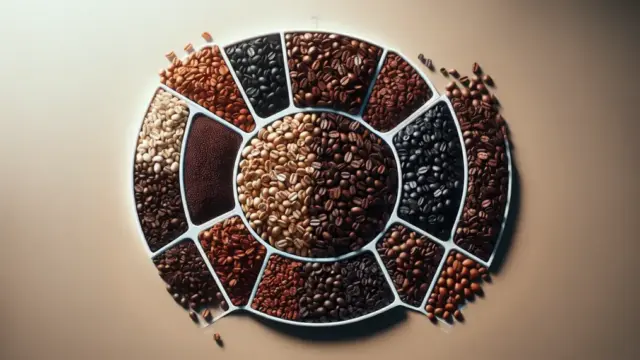









Comment